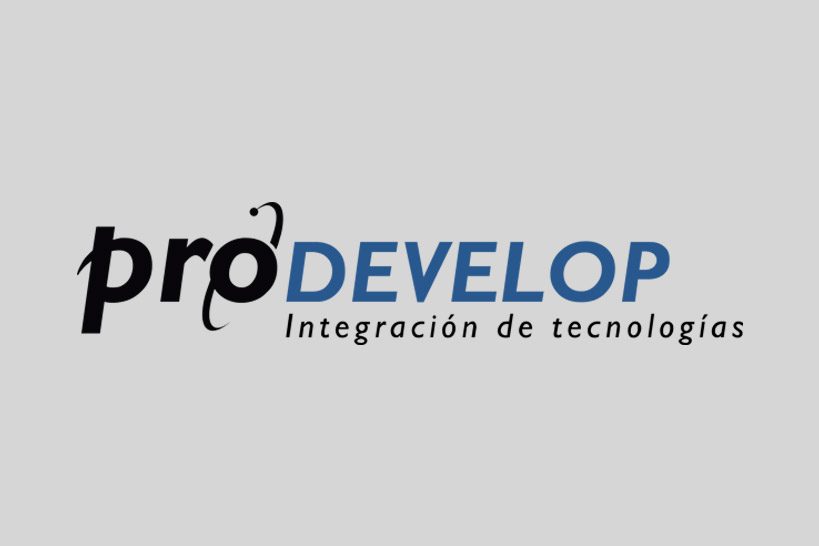Nowadays it’s very common the use of UML2 for designing new databases.
The use of UML Case Tools that allow the schema generation could be a big help for database administrators. However, there isn’t a good support for geospatial databases yet. Geospatial databases are a special design case not covered by most popular UML design tools.
Modelling Software KIT (MOSKitt) is a free Case Tool, built on Eclipse which is being developed by the Valencian Regional Ministry of Infraestructure and Transport (for the purpose of this document referred to as CIT) to support the gvMétrica methodology (adapting Métrica III to its specific needs). gvMetrica uses techniques based on the UML modeling language.
MOSKitt‘s plugging architecture makes it not only a Case Tool but also a free modelling platform to develop this kind of tools.
MOSKitt is being developed within the gvCASE project framework. This is one of the projects integrated in gvPontis, the CIT’s global project for the migration of its entire technological environment to free Software.
Prodevelop is the main development leader of the project, with a high-skilled team of software engineers specialized on modelling tools and projects on top of eclipse frameworks. Prodevelop is also company with years of experience developing Geospatial solutions mainly in the open-source arena.
From the sinergy of combining the modelling and geospatial realms, we started the development of a new Moskitt plugging which will add geometry support for spatial databases.
The goal was to allow the design from UML class diagrams. Now it’s available a new primitive type named Geometry. This special primitive type can be configured for the selected spatial database adding restrictions as the following ones:
- Geometry Type.
- Coordinate Dimension.
- Reference System (using EPSG codes).
- Spatial Indexes.
- Oracle Coordinate Tolerance.
- Oracle Coordinate Bounding Box.
Once the UML diagram has been finished with the structure of the database, the next step is to apply and automatic transformation to generate a database diagram, and check the database design with the new Geometry types included as columns inside the generated tables.
Finally, the last step is to generate an spatial database DDL (Data Description Language). Oracle Locator 10g and PostGIS extension for PostgreSQL are supported.
Moskitt-GEO also adds geospatial databases support for the reverse engineering process, generating a datase model out from an existing geospatial database, including geometries and its restrictions. So good news for spatial databases designers.
Finally, the next video shows how to create an spatial database using Moskitt-GEO from UML Diagram with geometry data, doing the right spatial transformations until generate a DDL.
The second video explains how to get a database schema diagram from existing database.





